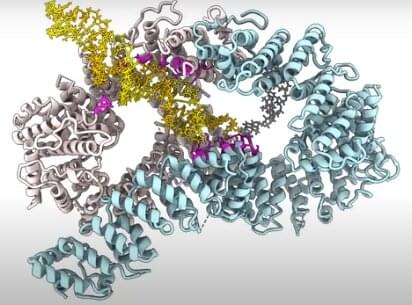
An electric air taxi startup is developing an aircraft powered by tomorrow’s fuel: hydrogen. The concept is a hydrogen-powered version of its vertical takeoff and landing aircraft. This fueling power could enable longer routes between cities.
The electric air taxi startup Joby is known for its electric vertical takeoff and landing aircraft (eVOTL) or an air taxi. The company is testing sustainable fuel instead of a battery to power this vehicle. Hydrogen fuel cells are already used in cars, trucks, and industrial equipment. However, using the fuel in aircraft is a game changer. For example, the aviation industry faces much pressure due to its greenhouse gas emissions. Google even added an emissions tracker when looking for a flight.
The company announced that it successfully flew a 523-mile demonstration flight using its one-of-a-kind hydrogen air taxi. The aircraft was tested last month in California and involved a converted prototype of one of its eVOTL aircraft already in development. It’s equipped with a hydrogen fuel cell and hydrogen-electric propulsion. And get this: the only emission is a trail of water vapor.

















